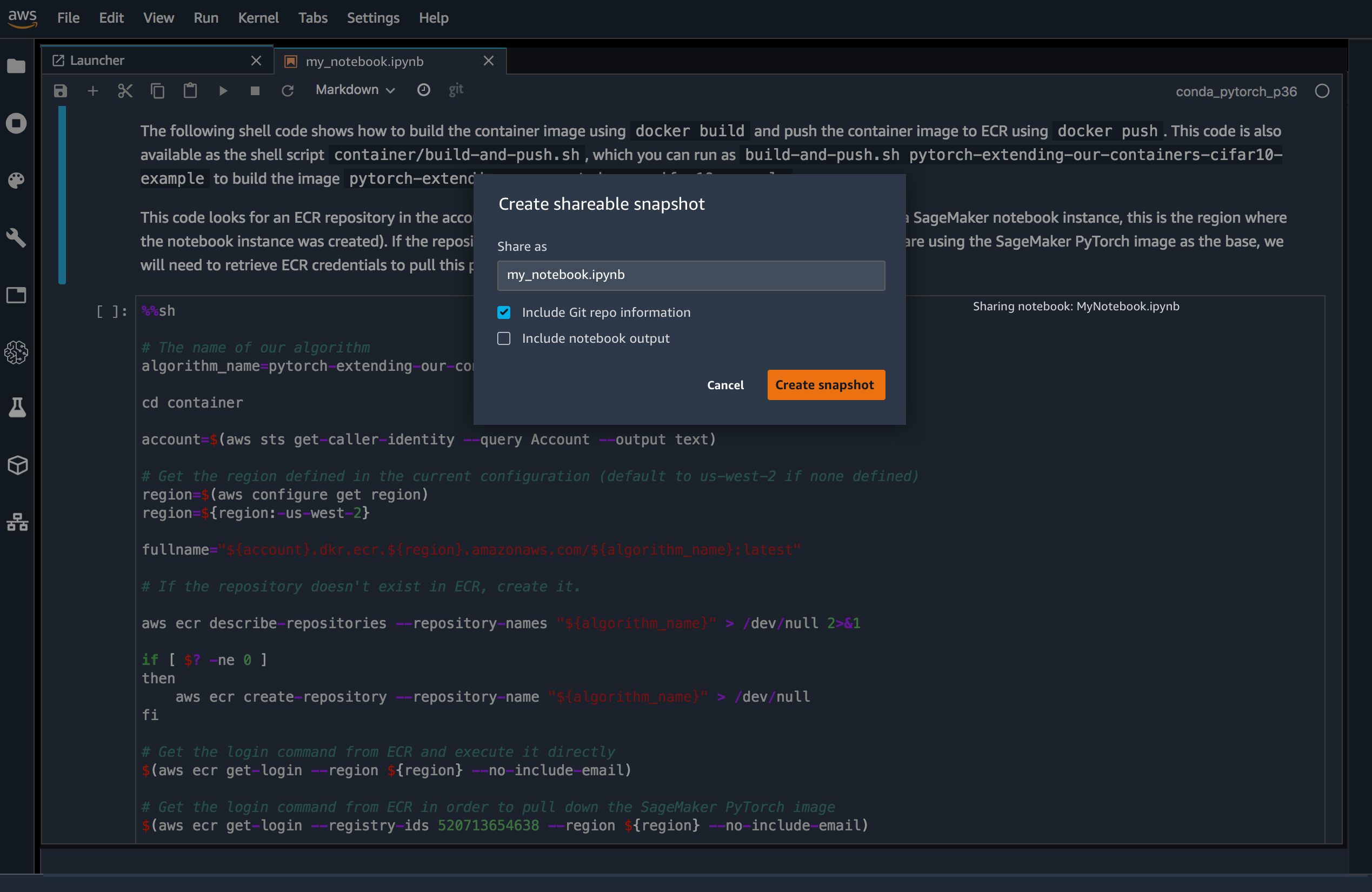AWS News Blog
Amazon SageMaker Studio: The First Fully Integrated Development Environment For Machine Learning
|
|
Today, we’re extremely happy to launch Amazon SageMaker Studio, the first fully integrated development environment (IDE) for machine learning (ML).
We have come a long way since we launched Amazon SageMaker in 2017, and it is shown in the growing number of customers using the service. However, the ML development workflow is still very iterative, and is challenging for developers to manage due to the relative immaturity of ML tooling. Many of the tools which developers take for granted when building traditional software (debuggers, project management, collaboration, monitoring, and so forth) have not yet been invented for ML.
For example, when trying a new algorithm or tweaking hyper parameters, developers and data scientists typically run hundreds and thousands of experiments on Amazon SageMaker, and they need to manage all this manually. Over time, it becomes much harder to track the best performing models, and to capitalize on lessons learned during the course of experimentation.
Amazon SageMaker Studio unifies at last all the tools needed for ML development. Developers can write code, track experiments, visualize data, and perform debugging and monitoring all within a single, integrated visual interface, which significantly boosts developer productivity.
In addition, since all these steps of the ML workflow are tracked within the environment, developers can quickly move back and forth between steps, and also clone, tweak, and replay them. This gives developers the ability to make changes quickly, observe outcomes, and iterate faster, reducing the time to market for high quality ML solutions.
Introducing Amazon SageMaker Studio
Amazon SageMaker Studio lets you manage your entire ML workflow through a single pane of glass. Let me give you the whirlwind tour!
With Amazon SageMaker Notebooks (currently in preview), you can enjoy an enhanced notebook experience that lets you easily create and share Jupyter notebooks. Without having to manage any infrastructure, you can also quickly switch from one hardware configuration to another.
With Amazon SageMaker Experiments, you can organize, track and compare thousands of ML jobs: these can be training jobs, or data processing and model evaluation jobs run with Amazon SageMaker Processing.
With Amazon SageMaker Debugger, you can debug and analyze complex training issues, and receive alerts. It automatically introspects your models, collects debugging data, and analyzes it to provide real-time alerts and advice on ways to optimize your training times, and improve model quality. All information is visible as your models are training.
With SageMaker Model Monitor, you can detect quality deviations for deployed models, and receive alerts. You can easily visualize issues like data drift that could be affecting your models. No code needed: all it takes is a few clicks.
With Amazon SageMaker Autopilot, you can build models automatically with full control and visibility. Algorithm selection, data preprocessing, and model tuning are taken care of automatically, as well as all infrastructure.
Thanks to these new capabilities, Amazon SageMaker now covers the complete ML workflow to build, train, and deploy machine learning models, quickly and at any scale.
These services mentioned above, except for Amazon SageMaker Notebooks, are covered in individual blog posts (see below) showing you how to quickly get started, so keep your eyes peeled and read on!
- Amazon SageMaker Debugger
- Amazon SageMaker Model Monitor
- Amazon SageMaker Autopilot
- Amazon SageMaker Experiments
Now Available!
Amazon SageMaker Studio is available today in US East (Ohio).
Give it a try, and please send us feedback either in the AWS forum for Amazon SageMaker, or through your usual AWS support contacts.
- Julien





